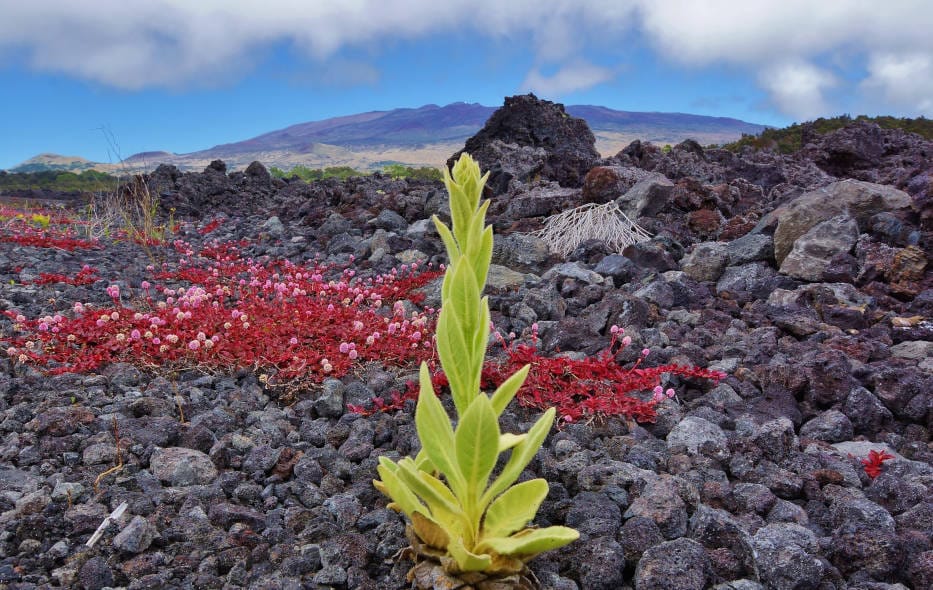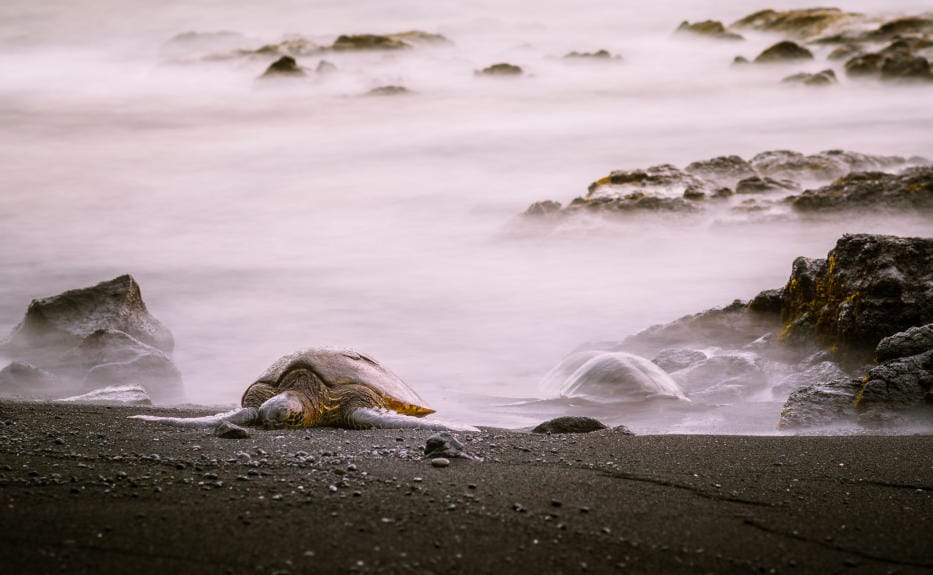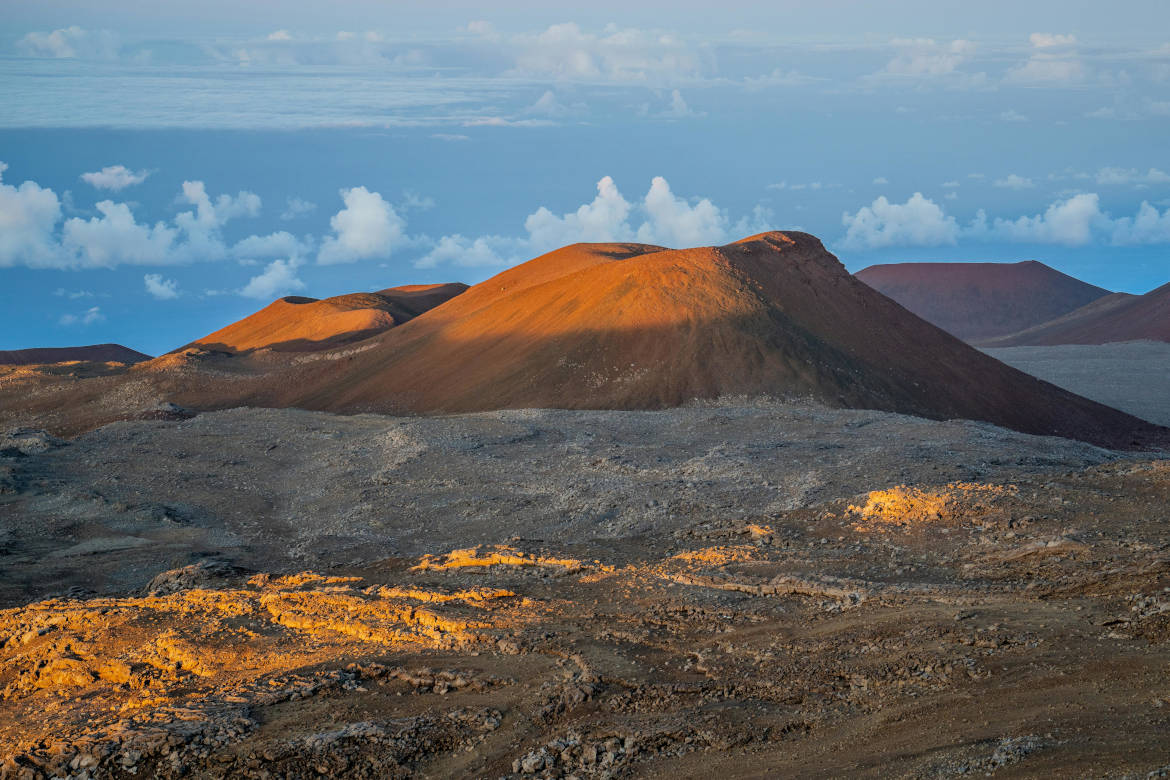The largest island in the United States is Hawaii, commonly referred to as the ‘Big Island.’
Its vastness is so striking that it could nearly encompass the states of Rhode Island and Delaware combined.
For visitors and locals alike, the Big Island is a land of contrasts, where lush rainforests, active volcanoes, arid deserts, and snowy mountaintops all coexist within a relatively short distance of each other.
The unique geography and ecosystem make it a fascinating destination for tourists and a critical region in the Hawaiian culture and environment.
Geography of Hawaii’s Big Island
Located in Oceania within the central Pacific Ocean, Hawaii’s Big Island spans an impressive 10,430 square kilometers (4,028 square miles) and is nearly twice the size of all other Hawaiian islands combined.
The 5 Largest Islands in the United States
| Rank | Island Name | Location | Area (km²) | Area (sq mi) |
|---|---|---|---|---|
| 1 | Hawaii Island | Hawaii | 10,433 | 4,028 |
| 2 | Kodiak Island | Alaska | 9,293 | 3,588 |
| 3 | Puerto Rico | Puerto Rico | 9,100 | 3,513 |
| 4 | Prince of Wales Island | Alaska | 6,675 | 2,577 |
| 5 | Chichagof Island | Alaska | 5,388 | 2,080 |
Its massive area allows it to host an extraordinary range of natural environments, from humid rainforests to stark alpine regions.
The island’s size is central to its vast ecological diversity, enabling it to host 10 of the world’s 14 climate zones, an unusual feat for any single landmass.
This range of climates supports ecosystems as varied as tropical jungles, lava deserts, and grassy uplands, making the Big Island a unique case study in both geology and biodiversity.

Two of Hawaii’s most significant volcanic peaks, Mauna Kea and Mauna Loa, dominate the landscape, both soaring above 4,000 meters (13,000 feet).
These towering volcanoes give the island a diverse topography, with Mauna Kea, the tallest of the two at 4,205 meters (13,796 feet), crowned by one of the world’s premier astronomical observatories.
This peak, which is considered one of the best stargazing locations in the world, experiences snow in winter, an unusual sight in tropical Hawaii.
The island’s altitude range, from sea level to the summit of Mauna Kea, is one of the reasons for its varied climate zones, each supporting a unique set of plant and animal life.
Volcanic activity has heavily shaped the geography of the largest island in the United States by area.
Mauna Loa, one of the world’s largest volcanoes, and Kilauea, one of its most active, continue to influence the island’s landscape through periodic eruptions and lava flows.
Kilauea’s eruptions, in particular, are almost constant, continuously reshaping the land and expanding the island’s coastline.
These eruptions have given rise to otherworldly volcanic landscapes, with recent lava flows creating fields of hardened basalt and new coastlines still warm from their formation.
The Hawaii Volcanoes National Park, which encompasses Mauna Loa and Kilauea, preserves these extraordinary volcanic environments, allowing scientists and visitors alike to witness the process of land formation in real-time.
Beyond volcanic areas, the Big Island features a variety of natural landmarks that contribute to its distinct geography.
The eastern side of the island, where trade winds bring frequent rain, is home to lush rainforests, waterfalls, and rich agricultural land, particularly around Hilo.
The western, leeward side of the island, known as Kona, is much drier and sunnier, with rocky beaches and lava fields that give way to small oases where farms and coffee plantations thrive.
The Big Island’s beaches are themselves a geological marvel, with sands in colors rarely seen elsewhere.

Black sand beaches, formed from ground volcanic rock, are found along the southeastern coast, while the rare green sand beach at Papakolea, located near South Point, gets its unique hue from olivine crystals in the volcanic cinder cone above it.
White sand beaches, composed of coral fragments, can also be found in certain areas, adding to the island’s varied and dramatic coastline.
From towering volcanoes and expansive lava fields to rainforests and colorful beaches, the Big Island’s geography is an intricate blend of natural forces that continues to evolve.
The island is not only the largest in the United States by area but also one of the most geographically diverse, offering an unparalleled array of landscapes shaped by both ancient and active geological forces.
Have you ever explored the Big Island of Hawaii? What fascinates you most – its active volcanoes, diverse landscapes, or deep cultural significance?
Share your thoughts and this guide on social media with others!
